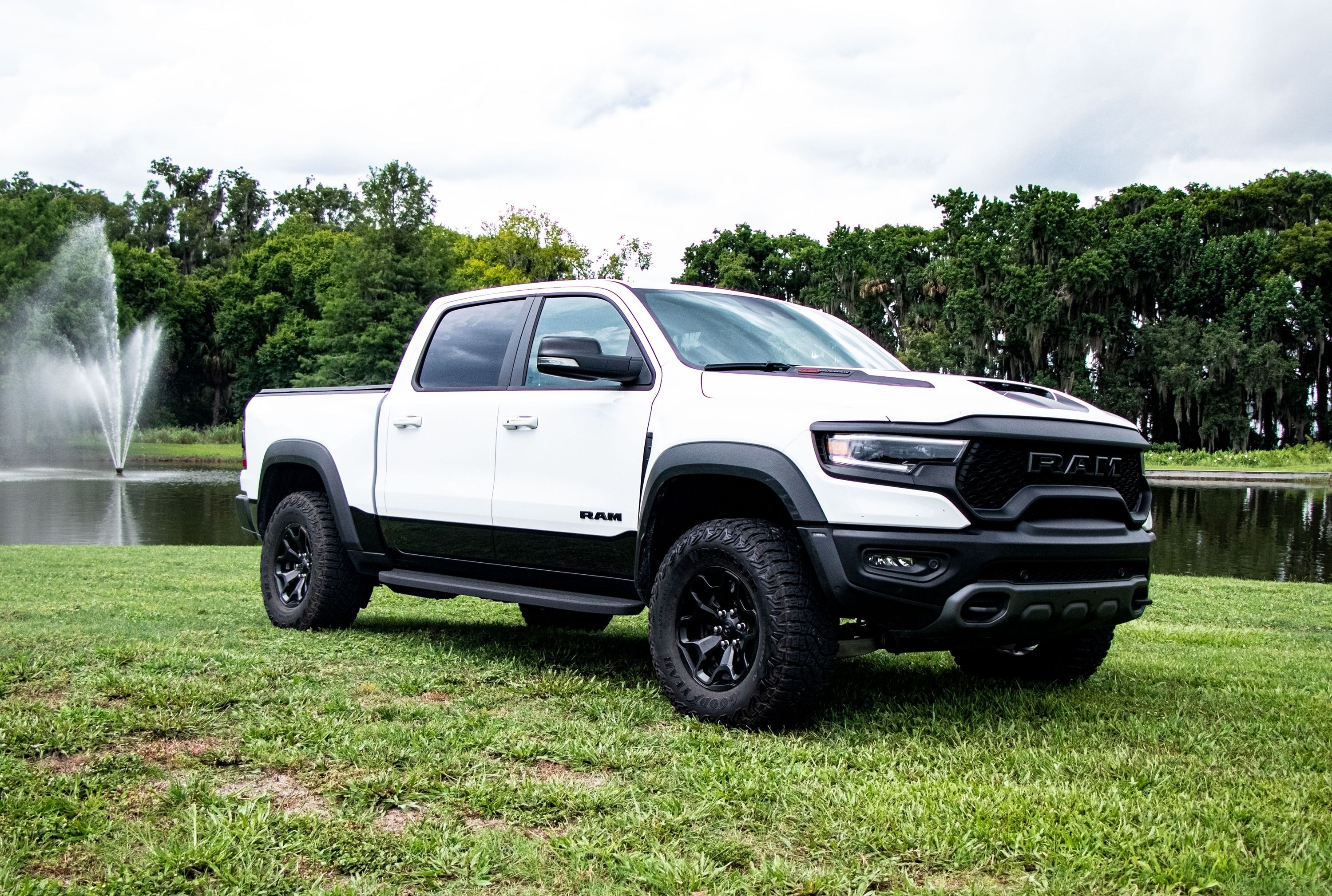
If you've received mail in the last few years, you've likely seen - and heard - the sorry state of our country's postal delivery vehicles. The Grumman Long-Life Vehicles (LLVs) currently in service have been out of production since Bill Clinton's first term in office. The Postal Service and Postmaster Louis DeJoy signed a contract to replace the vehicles with new models from Oshkosh Defense, but the multi-billion-dollar deal won't yield the improvements in efficiency that activists had hoped. To stop the contract to allow for more review and thought, a group of organizations and states are suing the USPS.
In all, 16 states and several environmental organizations filed lawsuits in New York and California, attempting to stop the process from moving forward. They allege that the USPS violated part of the National Environmental Policy Act by moving forward with plans to order tens of thousands of Ford-powered next-generation delivery vehicles (NGDVs) without submitting to the required review process.
The USPS started a review six months after the contract was signed, but the suit also focuses on the fact that the new vehicles are only marginally less destructive to the environment than the badly aging LLVs currently putzing around our streets. The old LLVs returned just 8.2 mpg, but the new trucks only see 8.6 mpg with the air conditioning running - which it will be for much of the year in most parts of the country. To be fair, the NGDVs return 14.7 mpg without climate controls active, but that's still only around what a Ram TRX can achieve with a supercharged V8 and an almost 6,500-pound curb weight.
The USPS committed to purchasing 165,000 NGDVs from OshKosh Defense in a deal that totals more than $11 billion. Though steep, that price tag would be even more shocking if the USPS had pursued its original plan of contracting an entire fleet of EVs. Instead, the Postal Service will roll out 5,000 electric delivery vehicles by 2023 and says it aims to reach 75 percent electrification by 2040.
The Postal Service has said that its review process does meet requirements and previously cited the costs of EVs as a significant barrier to mass implementation. The USPS is not subsidized by the feds like other government agencies, so it can't fall back on outside funding for the vehicle order. If the lawsuit is successful, the deal could change, but it's uncertain what that would mean. It could improve the contracted gas vehicles' fuel economy ratings or increase the number of EVs to boost the fleet's average fuel economy. Either way, however, we're probably stuck with the styling.
